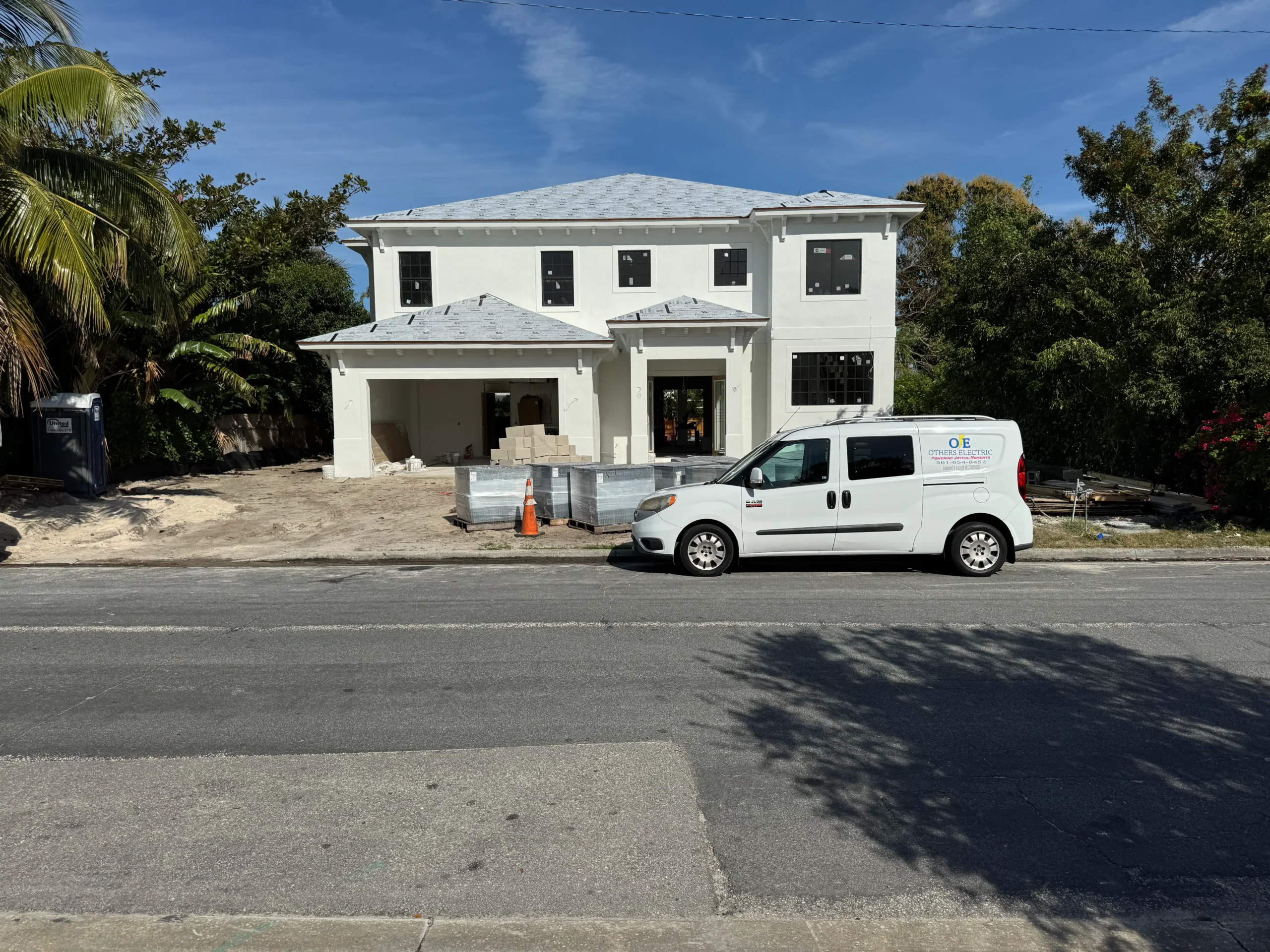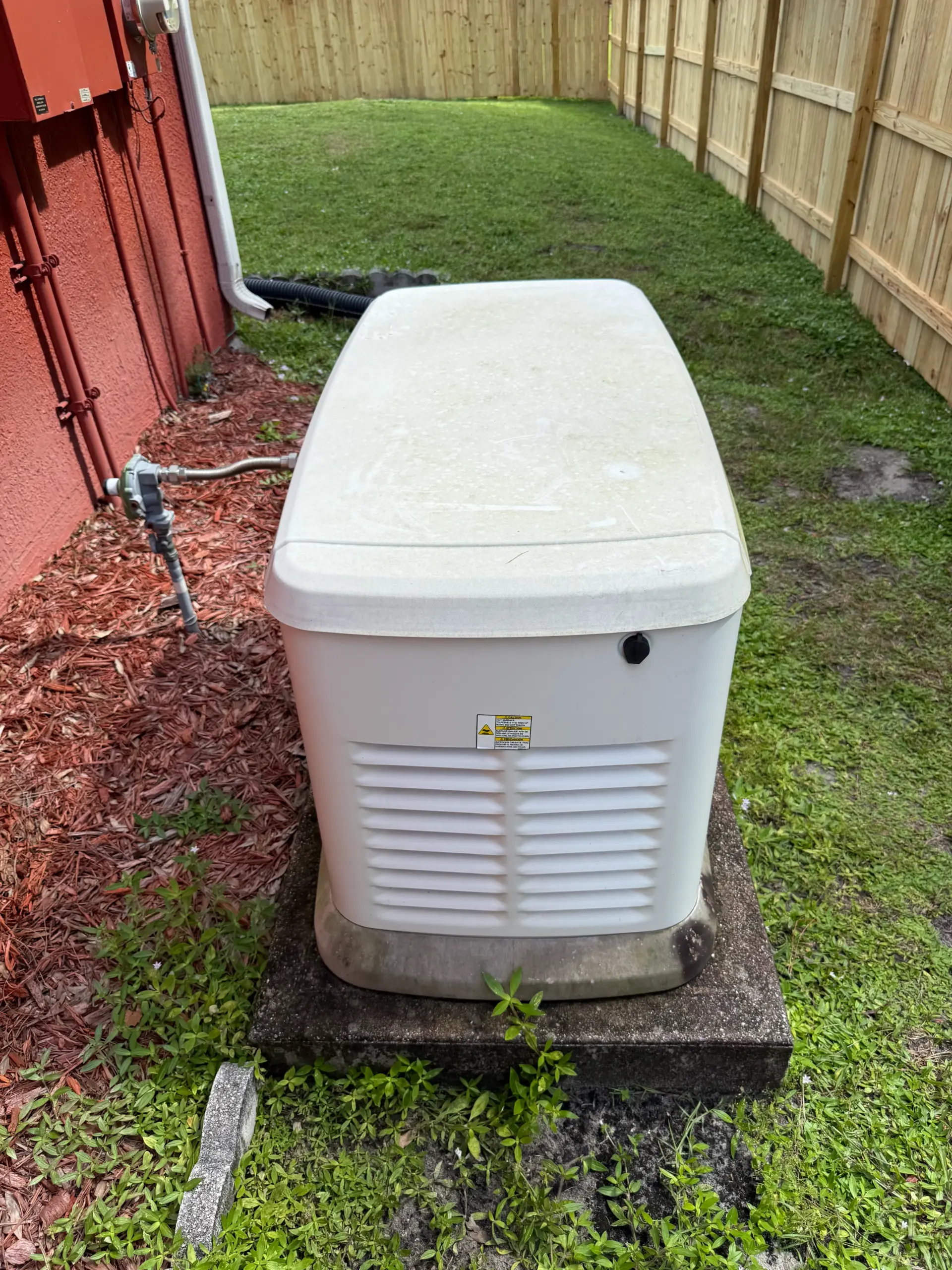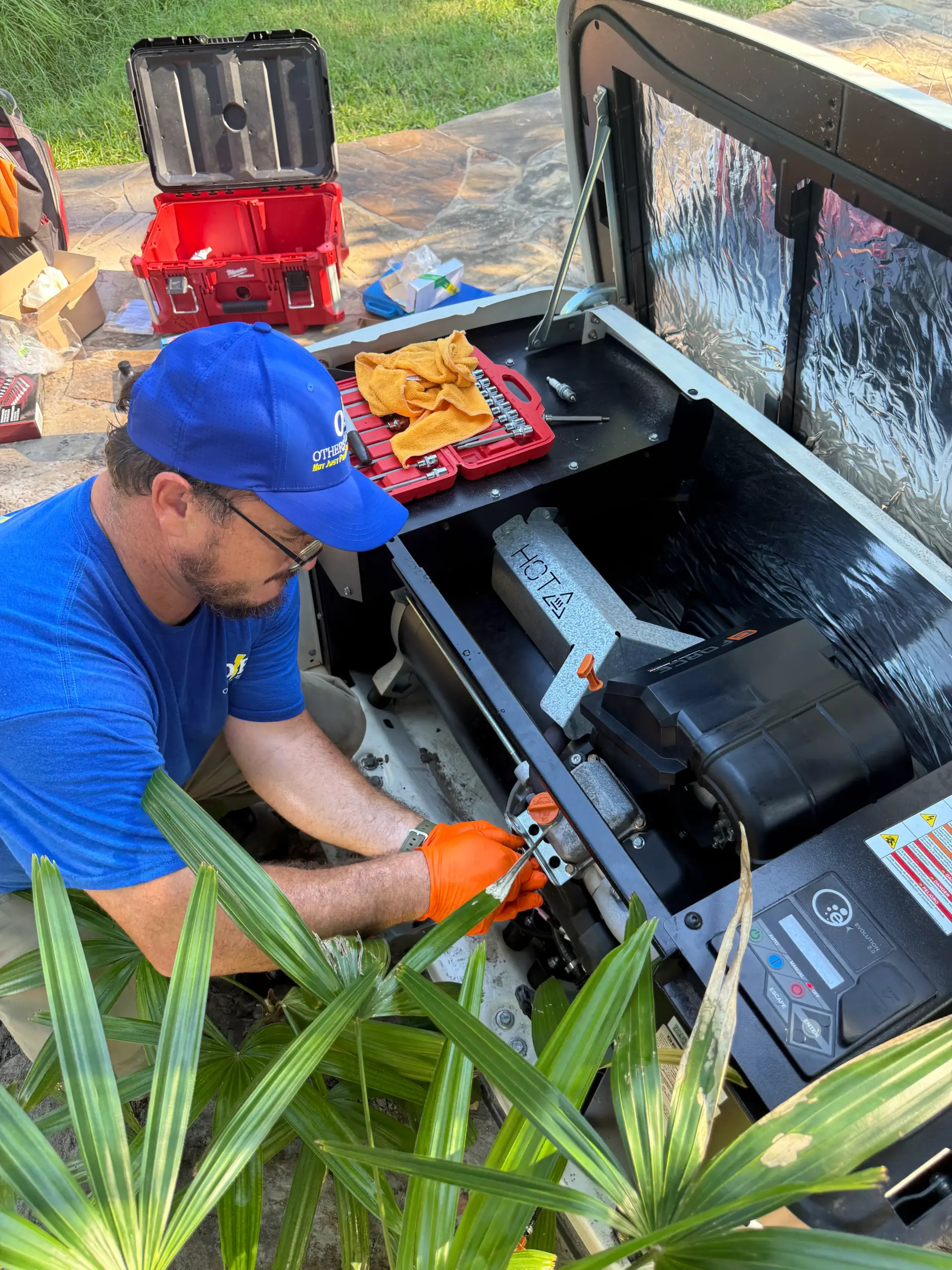What is a Power Flash in a Hurricane
When hurricanes make landfall, they bring with them destructive winds, intense rain, and dangerous storm surges—but one of the more visually startling effects is what’s known as a power flash. If you’ve ever seen a sudden burst of blue or green light ripple through the night sky during a storm, you’ve likely witnessed a power flash. Understanding what a power flash is in a hurricane, why it occurs, and what it means for electrical safety can help homeowners and property managers stay prepared and make smarter decisions when faced with severe weather.
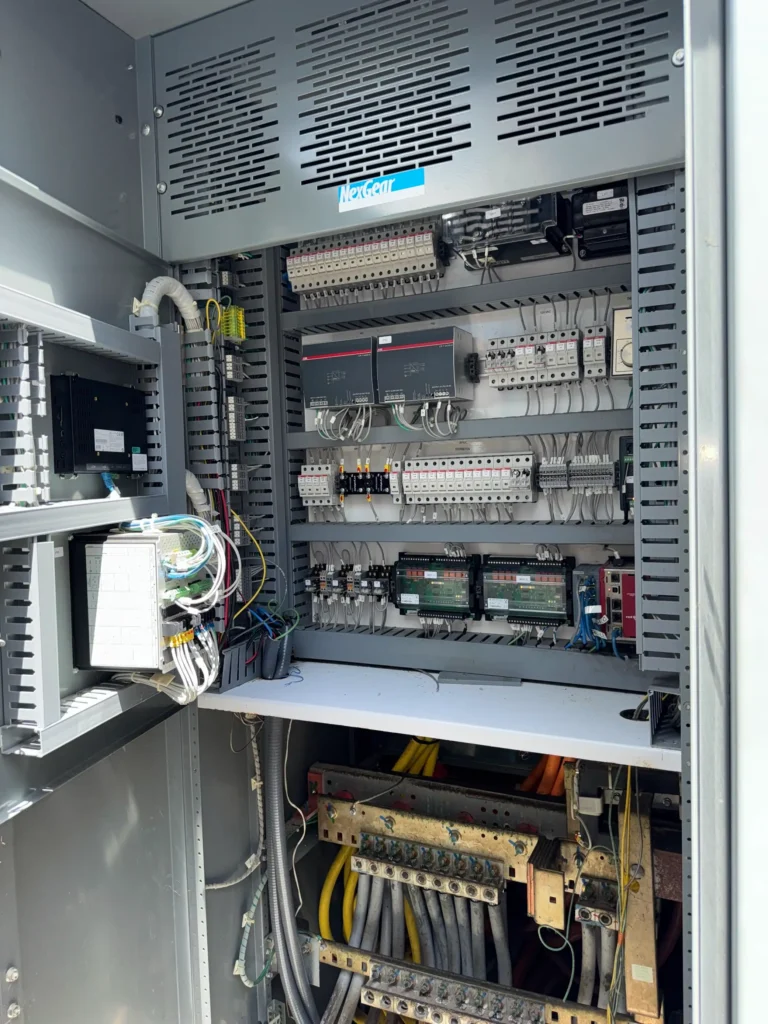
Defining a Power Flash
So, what is a power flash in a hurricane? A power flash is a brief, bright flare of light caused by a high-voltage electrical arc. These arcs happen when hurricane-force winds knock down power lines, cause transformers to explode, or force electrical equipment to short circuit. Unlike lightning, which originates in the sky and travels to the ground, a power flash occurs at ground level and is often a clear sign that electrical infrastructure is failing or already compromised.
The unique color—usually blue, green, or white—comes from the ionization of gases around the arc, and it can often be seen from a considerable distance. For meteorologists, power flashes can also help identify the presence and intensity of tornadoes within hurricanes, as rotating winds damage power systems in very localized bursts.
Why Power Flashes Are Dangerous
Understanding what a power flash is in a hurricane isn’t just a matter of curiosity. Power flashes are a warning sign of widespread electrical hazards. When a transformer explodes or a line arcs, it often signals the beginning of broader outages, electrical fires, or unsafe live wires exposed on the ground.
Downed lines can remain energized even after flashing, posing a lethal risk to anyone nearby. Water and conductive surfaces such as metal fences or rain-soaked tree branches can carry this electricity far beyond the downed line itself. For this reason, staying indoors and away from windows and metal fixtures during power flashes is a critical safety measure.

The Role of Electrical Infrastructure
A significant part of understanding what is a power flash in a hurricane lies in examining the condition of the local electrical grid. In areas where infrastructure is aging or where power lines are above ground, the risk of power flashes increases dramatically. Florida, with its frequent tropical systems and sprawling development, often experiences widespread flashes during landfall events.
Modernizing infrastructure with insulated wiring, underground service lines, and intelligent grid technology can reduce the frequency and severity of power flashes. Communities that have invested in these upgrades tend to see fewer dangerous failures during hurricanes.
How Homeowners Can Prepare
To reduce your risk of damage when power flashes occur, start by fortifying your own electrical system. Have a licensed electrician inspect your service panel, circuits, and grounding connections before the start of hurricane season. Surge protectors should be installed to buffer the sharp voltage spikes that often follow a nearby arc event.
Backup power systems, such as generators or battery backups, must be installed safely to prevent feeding electricity into damaged lines. This not only protects your home but also safeguards utility workers who may be restoring power in dangerous conditions.
At Others Electric, professional residential and commercial services include storm readiness inspections and upgrade recommendations that can reduce your home’s vulnerability to storm-related electrical failures.
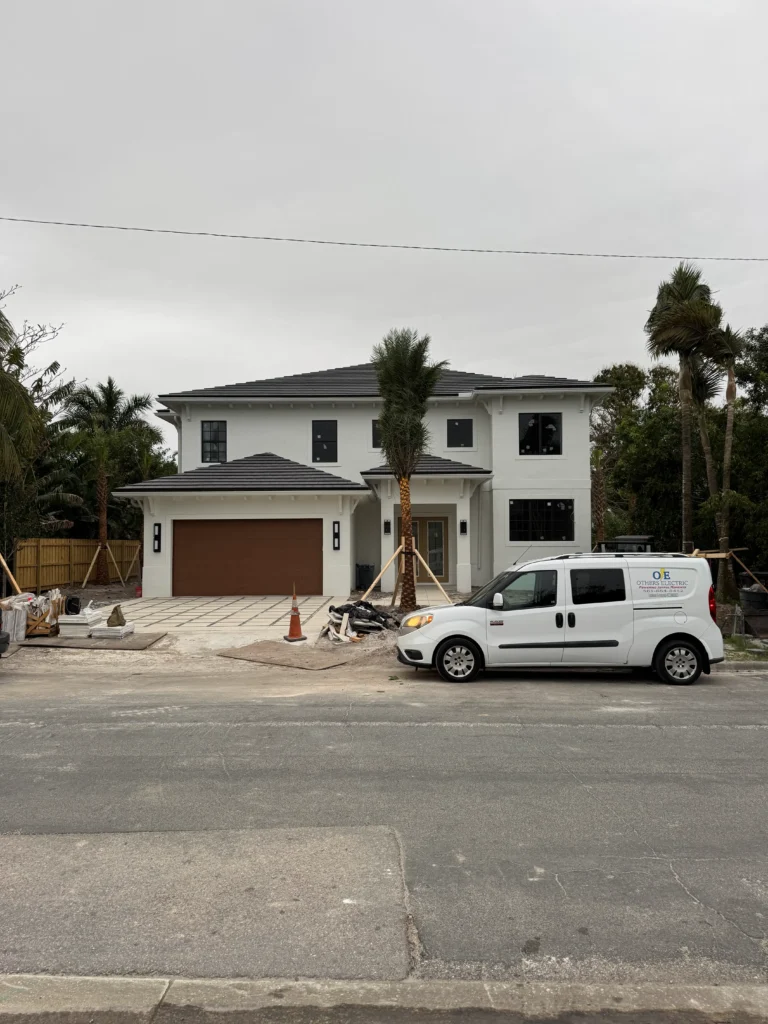
Distinguishing Power Flashes from Lightning
During hurricanes and tropical storms, it’s easy to confuse a power flash with lightning. But the two phenomena are very different. Lightning is a natural atmospheric discharge that usually originates in the clouds, whereas a power flash is a man-made incident, tied directly to the electrical grid.
Lightning often appears more jagged, with branching forms and rapid flickering. Power flashes, by contrast, tend to be isolated bursts, sometimes accompanied by a loud pop or electrical buzz. Spotters and emergency managers use these differences to assess storm damage in real time, especially at night when other visual cues are limited.
Emergency Response to Power Flashes
What is a power flash in a hurricane from a first responder’s perspective? It’s a red flag. Utility workers, firefighters, and EMTs know that power flashes often signal serious risks, including live wires, damaged transformers, and localized fires.
After witnessing a power flash, do not go outside to investigate. Call your utility provider or emergency services to report the location. Avoid driving or walking near suspected downed lines, and never attempt to move tree limbs or debris that may be entangled with electrical wires.
In the aftermath of a hurricane, wait for professional clearance before reentering flooded areas or reconnecting circuit breakers in your home. Electrical safety must always come first.
Long-Term Solutions to Prevent Power Flashes
Preventing power flashes during hurricanes isn’t always possible, but there are ways to reduce their occurrence. Local governments and utility companies can work together to transition overhead power lines to underground systems, reducing wind-related damage. Installing smart grid technology allows for faster identification and isolation of faults, limiting the spread of outages.
For homeowners and businesses, regular maintenance and electrical system upgrades remain the best defense. Ensuring that wiring, panels, and grounding are storm-ready minimizes your vulnerability and supports the stability of the local grid during extreme weather.
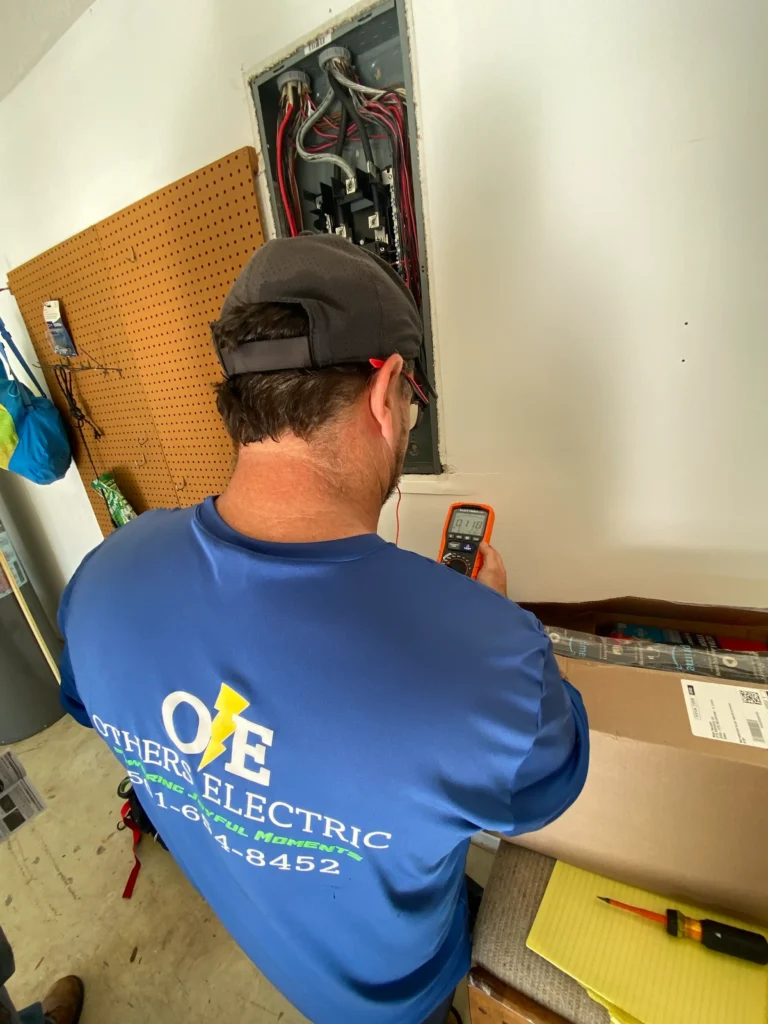
Conclusion
A power flash in a hurricane is more than a dramatic visual—it’s a real-time indicator of electrical danger and infrastructure failure. Knowing what a power flash is in a hurricane allows you to respond appropriately and safeguard your property from escalating risks. From home-based electrical upgrades to community-wide infrastructure improvements, there are many steps Floridians can take to reduce the impact of these events.
To schedule an electrical safety inspection or learn how to storm-proof your property, visit our service page. For more guidance on weather safety and emergency planning, check out the National Hurricane Center and FloridaDisaster.org. Stay informed. Stay safe. And don’t ignore the flashes—they’re warning signs for a reason.



